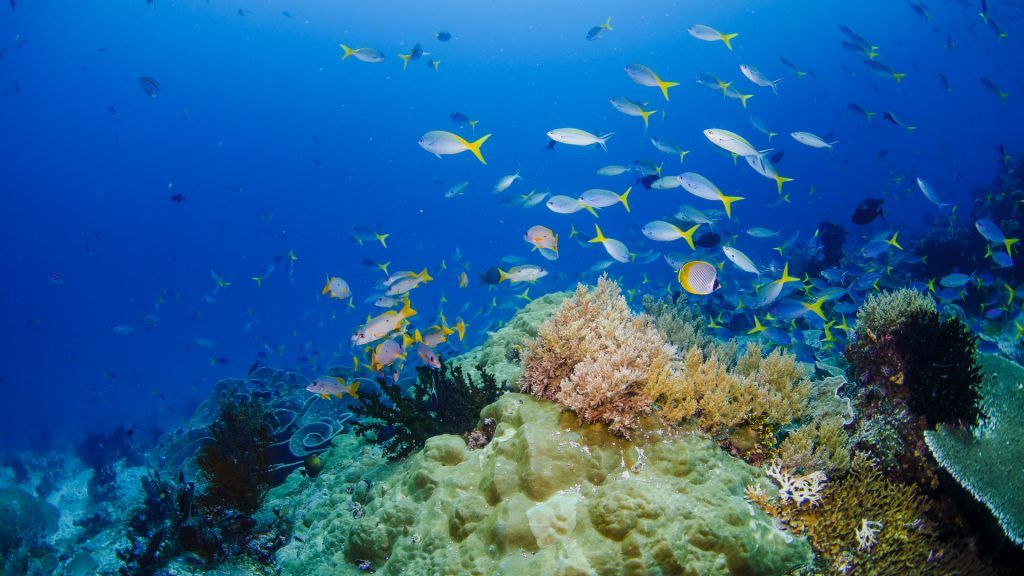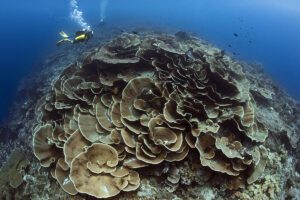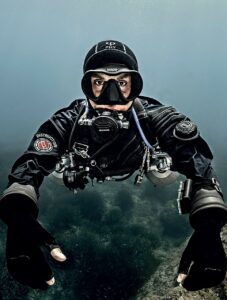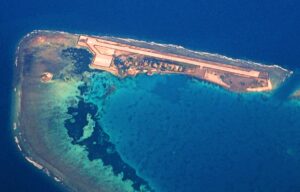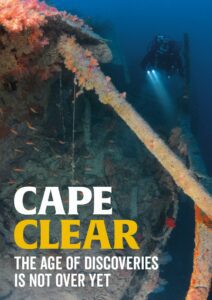Amazing Biodiversity, Why Raja Ampat Waters are so full of life
Located between the Pacific and Indian Oceans, the Indonesian Seas are the place of immense water exchange. The water exchange is known as the Indonesian Throughflow and flows from the Pacific through to the lower Indian Ocean. This flow delivers eggs and larvae to the reefs of Indonesia and travels over the complex underwater topography creating great upwellings of nutrient-rich cold water.
Both the marine diversity and importance for research tie back to the Indonesian Throughflow Current, which passes through Raja Ampat. This important current provides a route for warm water to flow from the Pacific to the Indian Ocean and is a key path in the global heat conveyor belt (which warms up oceans internationally and in turn maintains overall climate around the world).
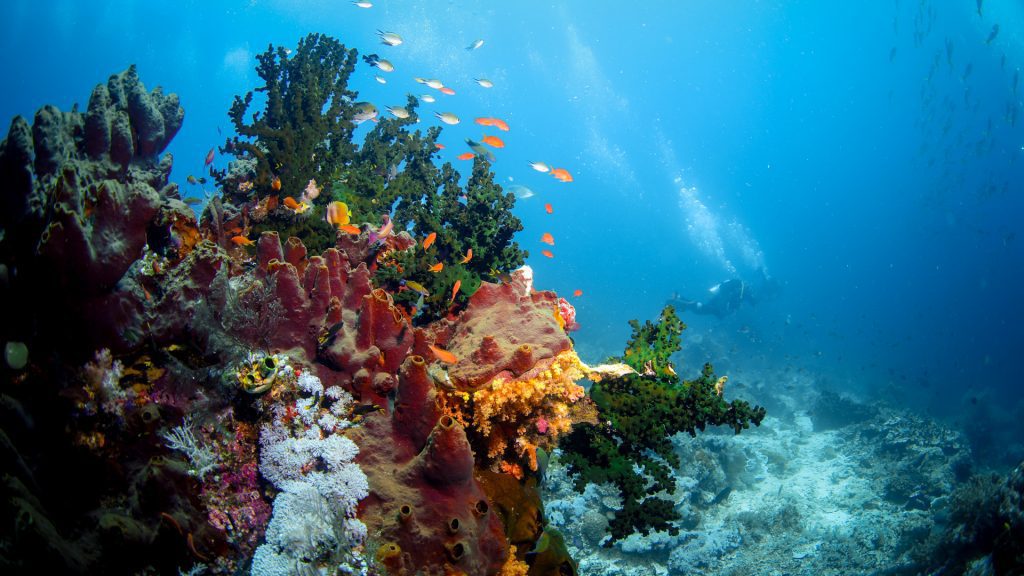
A veritable life source, and after a holiday in these waters you will go home with a renewed sense of life yourself.
We are sure you have heard numerous times that Raja Ampat boasts the best waters and most abundant marine life in the South-East Asian region. Science considers it one of the premier sites for marine biology in the world. It has been recorded as holding 75% of all known species of ornamental and coral fish in the world and continues to be a vital spot for researchers who seek to develop knowledge on oceanic life.
But the question stands, why is Raja Ampat’s water so full of life?
THE CURRENTS
We have already spoken about the Indonesian Throughflow, but one needs a clear explanation to utterly understand the strength of this current. Norwegian scientist, Harald Sverdrup even made up his own term to explain the vast amount of liquid flowing here. He has said to imagine “a river that is 100 meters wide, 10 meters deep and flows at speeds of 4 knots, then imagine 500 of those rivers all combined together.” This is one Sverdrup… The Indonesian Throughflow is 22 Sverdrup’s!!
THE TEMPERATURES
According to Conservation International – the undoubtable reason for Raja’s resilient reefs is complex and numerous but believed that one of the most important factors is that its reefs are normally exposed to a wide variation in temperatures, basically “pre-adapting” them to climate change.
Reefs across Raja Ampat experience temperatures fluctuating between 19 and 36 degrees Celsius (66 and 96 degrees Fahrenheit), with many individual reefs exposed to a whopping 6–12 C variation within a single 24-hour period! According to most marine biology textbooks, such variation should easily kill these corals, yet they are thriving.
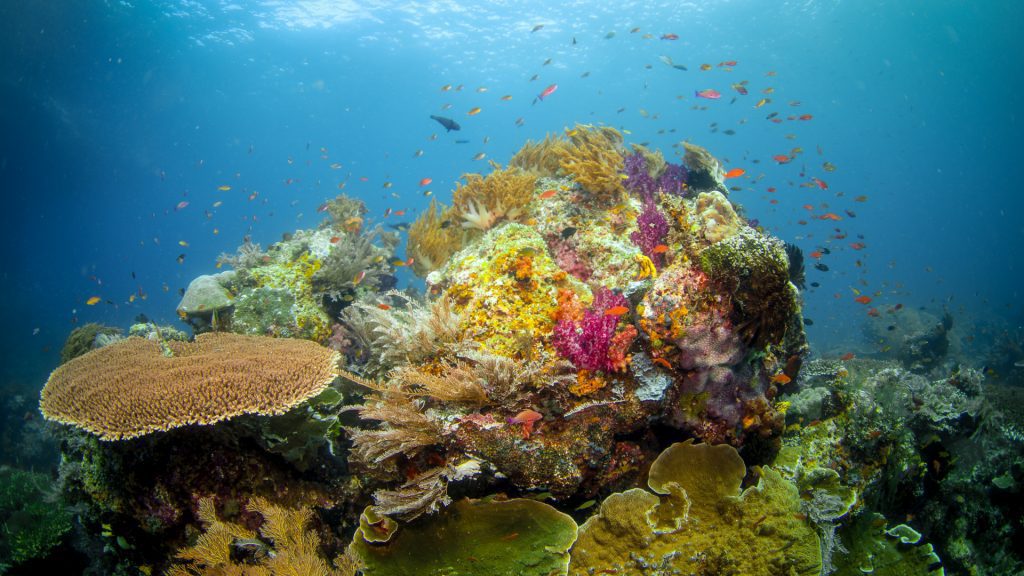
As scuba divers and marine biologists began to travel to the more remote eastern parts of Indonesia, they discovered the absolute wonder of Raja Ampat’s biodiversity. It was soon realised that Raja Ampat was far more important to marine conservation than anyone had ever thought and agencies like Conservation International, the World Wildlife Fund, and the Nature Conservancy started to move in.
About Organisation:
Situated in Raja Ampat, Indonesia, Meridian Adventure Dive is a PADI 5 Star Resort and winner of the PADI Green Star award. Scuba divers enjoy our professional services that have become synonymous with both the PADI and Meridian Adventure names. Raja Ampat is one of Indonesia’s most captivating diving grounds and is truly a paradise on earth.
Visit our online platforms:
https://raja.meridianadventuredive.com/
https://www.facebook.com/meridianadventuresdive
https://www.instagram.com/meridian_adventure_dive/
https://www.youtube.com/channel/UC_8-kt5sTczmclJkx4KcmaA
For more about Raja Ampat try
